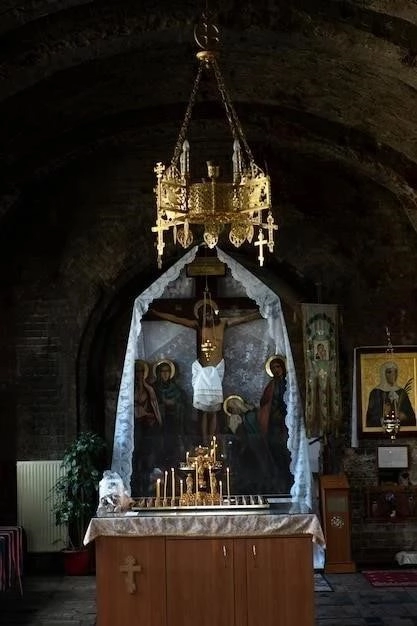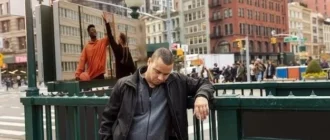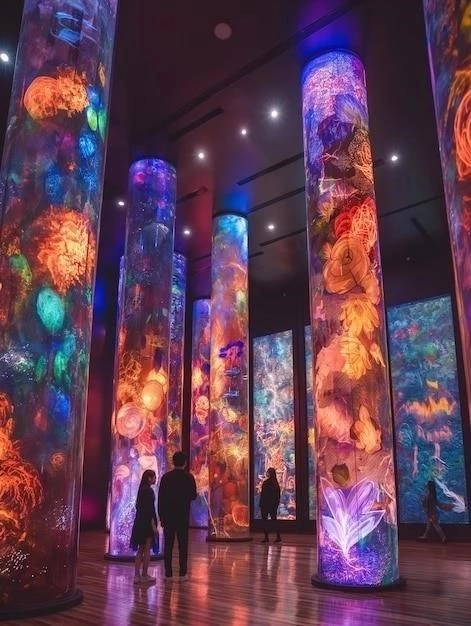History and Heritage
Tribeca, short for “Triangle Below Canal Street,” emerged from a grid plan designed for lower Manhattan in the early 1800s. Initially a residential area, it transitioned into a commercial hub by the mid-19th century, with its warehouses serving industries like textiles and food processing. The area’s industrial decline in the latter half of the 20th century paved the way for its transformation into the stylish residential and commercial district it is today.
Cobblestone Streets: Charm and Controversy
Tribeca’s cobblestone streets, remnants of its 19th-century industrial past, are undeniably picturesque, lending the neighborhood an old-world charm that sets it apart from the sleek modernism prevalent in other parts of Manhattan. These Belgian block roadways, often featured in films and television shows, contribute significantly to Tribeca’s visual identity and are frequently cited as a key element of its allure.
However, these charming streets have also become a point of contention within the community. Residents and local leaders alike have raised concerns about the safety hazards posed by the uneven, often poorly maintained, cobblestones. Issues such as dislodged stones, wide gaps between blocks, and sinking roadway sections have been reported to cause trips and falls, resulting in injuries and, in at least one tragic case, even death.
The debate centers around balancing historical preservation with public safety and accessibility. Some advocate for the thorough repair and proper maintenance of the cobblestones, ensuring they adhere to Department of Transportation regulations regarding stone placement and mortar. Others, however, argue that the cobblestones are inherently impractical for a modern city, posing difficulties for individuals with mobility impairments, cyclists, and even pedestrians wearing heels. They propose replacing the cobblestones with asphalt, citing improved safety, accessibility, and ease of maintenance.
The situation highlights the complexities of urban planning, where preserving historical aesthetics often clashes with modern needs and sensibilities. Whether Tribeca will retain its cobblestone charm or transition to a safer, albeit less visually distinctive, streetscape remains a topic of ongoing discussion and debate within the community.

Upscale Dining Scene
Tribeca has earned a reputation as a culinary destination, boasting a dense concentration of upscale restaurants helmed by renowned chefs and featuring innovative menus. From Michelin-starred establishments to chic bistros and trendy gastropubs, the neighborhood offers a diverse array of dining experiences catering to discerning palates.
The area’s restaurant scene is characterized by its sophisticated ambiance, reflecting Tribeca’s transformation into a haven for affluent residents and discerning diners. Many establishments occupy beautifully restored spaces within former industrial buildings, featuring exposed brick walls, soaring ceilings, and stylish industrial-chic decor. The upscale dining experience is further enhanced by attentive service, curated wine lists, and a focus on seasonal ingredients often sourced from local purveyors.
Tribeca’s culinary landscape has attracted significant attention from food critics and publications, with several restaurants earning coveted accolades and consistently ranking among the city’s best. This recognition has solidified the neighborhood’s status as a dining destination, drawing food enthusiasts from across the city and beyond seeking memorable culinary experiences.
Whether one desires an intimate tasting menu, a lively brunch spot, or a stylish setting for a business dinner, Tribeca’s upscale dining scene offers a diverse and ever-evolving array of options to satisfy even the most discerning palate. Its culinary landscape continues to evolve, reflecting the neighborhood’s dynamic spirit and attracting both seasoned gourmands and casual diners seeking a taste of culinary excellence.

Notable Restaurants
Tribeca’s culinary landscape is adorned with a constellation of notable restaurants, each contributing to the neighborhood’s reputation as a dining destination. These establishments, ranging from celebrity-owned ventures to critically acclaimed gems, offer a diverse tapestry of culinary experiences.
For those seeking a taste of Hollywood glamour, a visit to the Tribeca Grill is a must. Co-owned by actor Robert De Niro, this iconic restaurant has been a neighborhood fixture for over three decades, attracting both A-listers and discerning diners with its classic American cuisine and sophisticated ambiance.
Sushi aficionados will find themselves in good company at Nobu Downtown, the renowned Japanese restaurant helmed by Chef Nobu Matsuhisa. Known for its innovative and artfully presented dishes, Nobu has become synonymous with exceptional sushi and a sleek, cosmopolitan atmosphere.
Lovers of French cuisine can indulge in the rustic elegance of Frenchette, a Michelin-starred bistro renowned for its classic dishes prepared with a modern sensibility. From perfectly seared steaks to delicate pastries, Frenchette offers a taste of Parisian charm in the heart of Tribeca.
These are just a few highlights of Tribeca’s impressive culinary tapestry. With its ever-evolving dining scene, the neighborhood continues to attract both established culinary talents and rising stars, ensuring that there is always something new and exciting to tempt the palate.

Tribeca Film Festival
Beyond its charming streets and culinary delights, Tribeca is renowned as the home of the Tribeca Film Festival, a significant event in the global entertainment industry. Founded in 2002 by Robert De Niro, Jane Rosenthal, and Craig Hatkoff, the festival emerged in response to the September 11th attacks, aiming to revitalize Lower Manhattan and celebrate the enduring spirit of New York City.
Each spring, the festival transforms Tribeca into a vibrant hub of cinematic creativity, showcasing a diverse array of films, documentaries, and shorts from established and emerging filmmakers worldwide. The event attracts industry professionals, film enthusiasts, and curious onlookers, transforming the neighborhood into a celebratory atmosphere with screenings, panels, and special events.
The Tribeca Film Festival has evolved into a platform for storytelling, fostering dialogue and promoting diverse voices within the film community. Its impact extends beyond entertainment, contributing to Tribeca’s cultural landscape and attracting global attention to the neighborhood’s unique blend of artistry and urban dynamism.

Architecture and Real Estate
Tribeca’s architectural landscape is a captivating blend of historical grit and modern sophistication, a testament to its evolution from an industrial hub to a coveted residential enclave. The neighborhood’s streetscape is characterized by grand former warehouses and industrial buildings, many of which have been meticulously restored and converted into luxurious lofts and apartments.
These structures, with their characteristic cast-iron facades, exposed brick walls, and oversized windows, exude an industrial chic aesthetic that has become synonymous with Tribeca’s unique charm. The spacious interiors, often featuring open floor plans and high ceilings, are a testament to the neighborhood’s industrial past, offering a blank canvas for residents seeking unique and adaptable living spaces.
Tribeca’s desirable location, coupled with its architectural allure, has made it one of Manhattan’s most sought-after and expensive residential neighborhoods. The real estate market is characterized by its exclusivity, with properties commanding premium prices that reflect the area’s cachet. From sprawling lofts to chic townhouses, Tribeca offers a range of luxurious living options for those seeking a taste of urban sophistication steeped in history.
Hudson Street: A Commercial Corridor
Hudson Street serves as a vibrant commercial artery running through the heart of Tribeca, seamlessly blending the neighborhood’s historic character with its contemporary dynamism. This bustling corridor is a testament to Tribeca’s evolution, offering a diverse mix of businesses, from trendy boutiques and art galleries to acclaimed restaurants and cozy cafes.
Strolling along Hudson Street, one encounters a captivating blend of architectural styles, with restored cast-iron facades housing upscale retailers juxtaposed against charming brick buildings home to independent shops and eateries. The street’s lively atmosphere is amplified by its pedestrian-friendly design, encouraging residents and visitors alike to explore its eclectic offerings.
Whether seeking designer fashion, unique homewares, or a culinary adventure, Hudson Street offers a curated mix of businesses catering to a discerning clientele. Its vibrant mix of retail, dining, and cultural destinations makes it a central hub for Tribeca’s residents and a destination for those seeking a taste of the neighborhood’s unique character.
Franklin Street: A Historic Gem
Franklin Street embodies the essence of Tribeca’s historical charm, a picturesque thoroughfare lined with well-preserved 19th-century buildings and imbued with an air of timeless elegance. Unlike the bustling energy of nearby Hudson Street, Franklin Street maintains a quieter, more residential ambiance, offering a glimpse into the neighborhood’s past.
The street’s architectural tapestry features rows of stately brick townhouses, many adorned with intricate ironwork and boasting coveted front stoops that provide a vantage point for observing the neighborhood’s daily rhythms. These historic residences, once home to merchants and artisans, now house a mix of affluent residents drawn to the street’s serene atmosphere and architectural allure.
Amidst the residential buildings, Franklin Street is punctuated by a curated selection of independent businesses, including art galleries, antique shops, and cozy cafes. These establishments contribute to the street’s refined ambiance, offering residents and visitors alike a respite from the city’s frenetic pace.
Living in Tribeca
Living in Tribeca offers a unique blend of historical charm, urban sophistication, and a strong sense of community often absent in the bustling metropolis of Manhattan. This coveted neighborhood, once a hub of industry, has transformed into a haven for affluent residents seeking a tranquil escape from the city’s frenetic pace while remaining closely connected to its cultural offerings.
Residents of Tribeca enjoy the luxury of strolling along cobblestone streets lined with meticulously restored buildings, a constant reminder of the neighborhood’s rich history. The area’s upscale boutiques, art galleries, and renowned restaurants cater to discerning tastes, fostering a vibrant local scene that encourages exploration and discovery.
Beyond its luxurious amenities and cultural attractions, Tribeca fosters a strong sense of community. Residents often gather at local cafes, parks, and community events, forging connections that transcend the anonymity often associated with city life. This close-knit atmosphere, coupled with the neighborhood’s safe streets and excellent schools, makes it an attractive destination for families seeking a sophisticated yet family-friendly environment.










